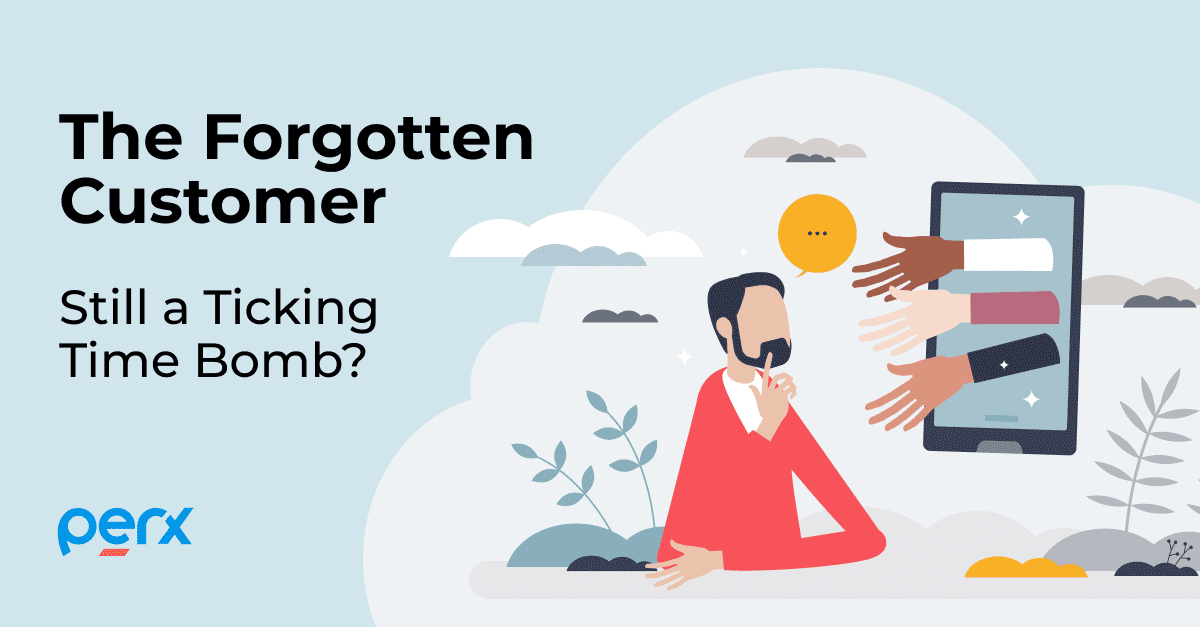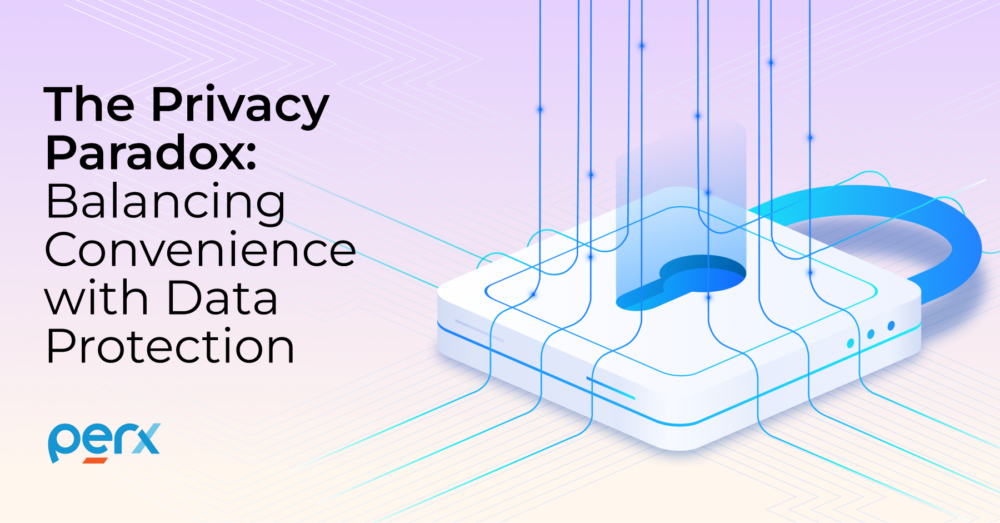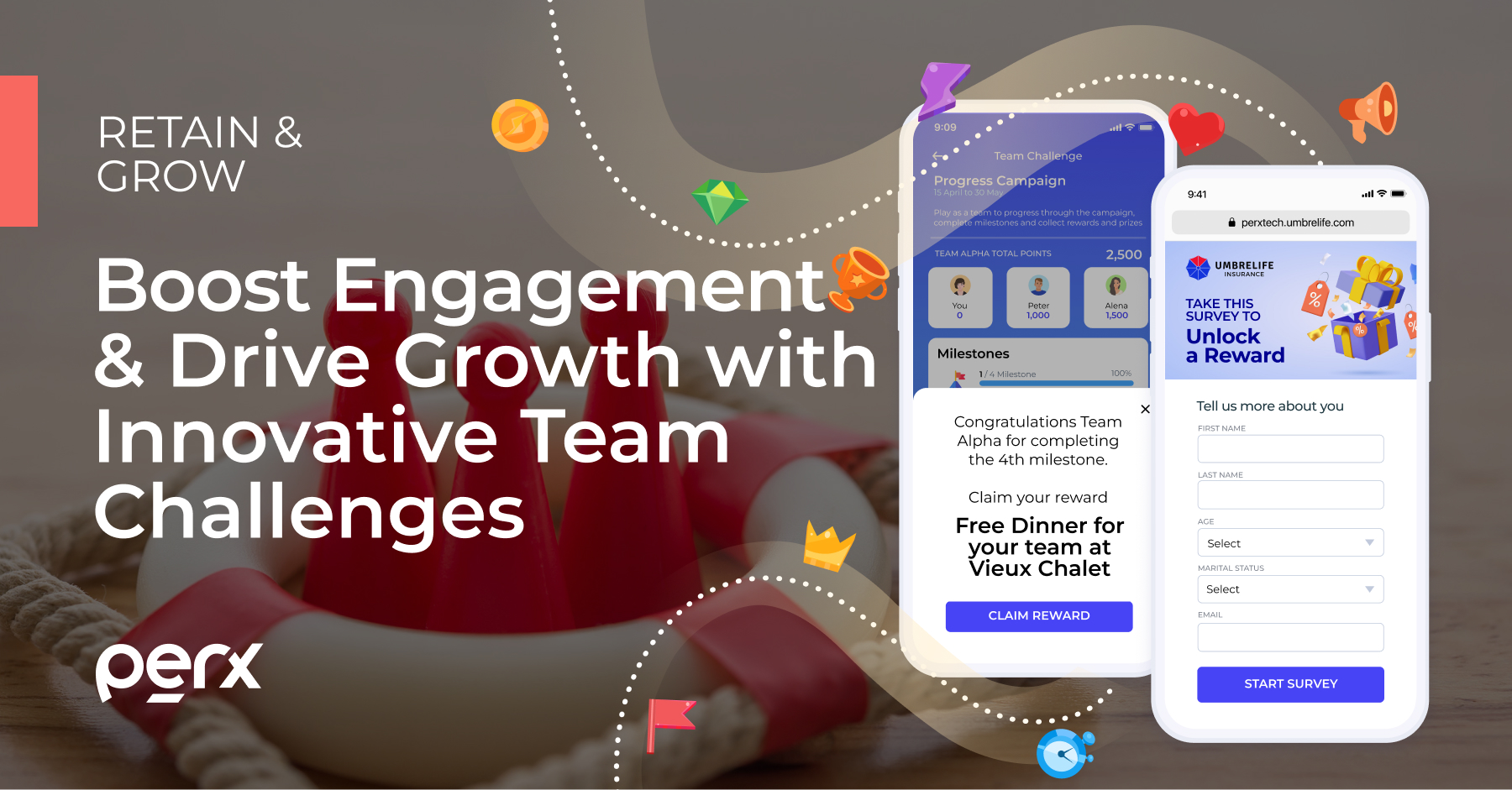The Privacy Paradox: Balancing Convenience with Data Protection

The Privacy Paradox: Balancing Convenience with Data Protection
Explore the critical importance of data privacy in today’s digital landscape
In an era where our digital footprints are constantly tracked and monetized, consumers are increasingly vocal about their demand for privacy. From the cookies that follow us across websites to the targeted ads that seem to know our each and every move, people are pushing back against invasive data collection practices. This shift in consumer behavior has forced companies to rethink their approaches to gathering and utilizing customer data.
Cookie Crumble: The Rise of First- & Zero-Party Data
Amidst the scrutiny on third-party cookies, companies are rapidly shifting their focus towards harnessing the power of first- and zero-party data to navigate the ever-evolving digital terrain.
First-Party Data: Creating Direct Connections
Derived directly from customer interactions (e.g., website visits, social media engagements, and direct communications), first-party data embodies the essence of authentic customer relationships.

By tapping into this rich reservoir of insights, companies can gain unparalleled understanding into the behaviors, preferences, and aspirations of their audience, paving the way for personalized experiences that resonate on a profound level.
Zero-Party Data: Empowering Consumer Choice
Zero-party data represents the pinnacle of consumer empowerment, where individuals proactively and intentionally share information with businesses based on their preferences and priorities. These voluntary disclosures, ranging from email preferences to feedback on recent shopping experiences, offer invaluable insights into the nuanced needs and desires of customers.
By actively soliciting zero-party data, companies not only foster a culture of transparency and trust but also gain access to a wealth of actionable intelligence, fueling targeted marketing initiatives that enhance the overall customer experience.

Best Practices for Utilizing First- & Zero-Party Data
1. Transparency & Consent
Before collecting any data, it is imperative to prioritize transparency and secure explicit user consent.
By clearly communicating the purpose of data collection, its intended usage, and clear options to opt-in or -out, companies can cultivate trust and ensure that data collection is conducted in a manner that respects user preferences and privacy rights.
2. Personalized Incentives
Offering incentives in exchange for user data may encourage more voluntary sharing.
Whether it’s exclusive content, personalized recommendations, discounts, or loyalty rewards, providing users with compelling reasons to share their information enhances the perceived value of data exchange.
With that said, however, It is crucial to ensure that the incentives offered are relevant, ethical, and aligned with the brand’s values to maintain trust and authenticity in the relationship with the brand’s customers.
3. Interactive & User-Centric Approaches
Moving beyond passive data collection methods, such as tracking cookies or form submissions, interactive formats like gamified quizzes or surveys that actively engage users may yield better results. These approaches not only streamline data collection processes, but also foster deeper user engagement, allowing them to express their preferences, interests, and feedback in a more enjoyable manner.
Conclusion
Together, first- and zero-party data signify a shift towards ethical, customer-centric marketing, enabling companies to thrive in a privacy-conscious era. As companies embrace these principles and leverage the power of direct customer engagement, they not only mitigate the risks associated with third-party data, but also unlock new opportunities for sustainable growth and enduring brand loyalty.
The Perx Advantage
Unlock maximum ROI while respecting customer privacy with Perx’s unified performance insights. With real-time customer behavior data, comprehensive reports, and a globally recognized dual ISO certification, achieving tangible results ethically has never been easier!
Book a demo today to start maximizing your data collection efforts and revolutionize your marketing strategy.
Recommended for you

Blogs

Sustainability

Blogs

Blogs

Blogs
Ready to join them?











































